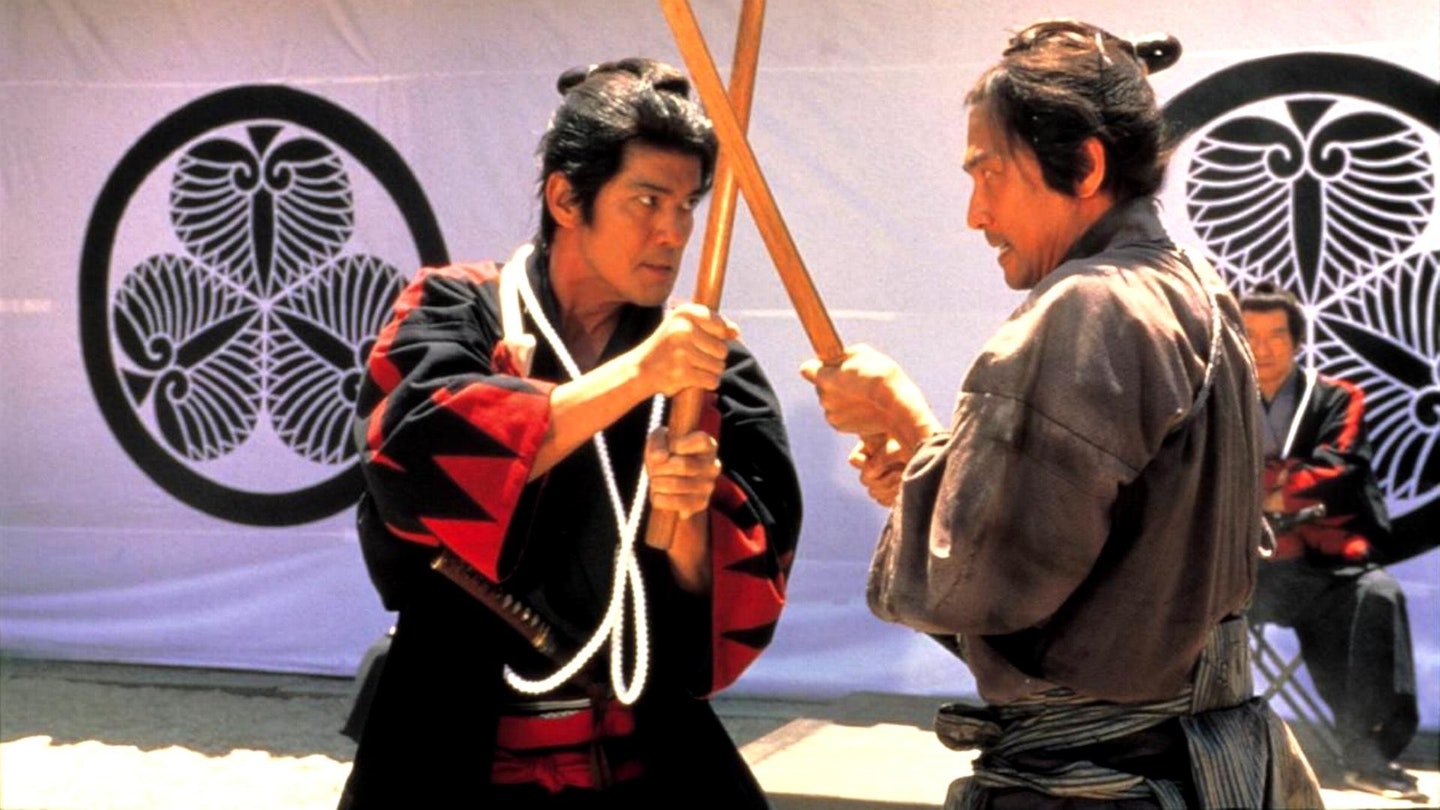The Meiji period is proving a bountiful source for this years Bushido movies, with both The Last Samurai and Yoji Yamadas The Twilight Samurai exploring the plight of the Japanese warrior as the Western world encroached upon his ancient way of life. Adapted from a bestselling novel, Yojiro Takitas award-winning movie charts the adventures of master swordsman Kanichiro Yoshimura, through an intertwining narrative recounted by two men years after the warriors death.
The mens recollections leap back and forth, unravelling the threads of Yoshimuras life. One remembers a gentle, noble hero, while the other, Saito (Sato), recalls a money-grabber whose ideals didnt meld with the austerity of his code. Each mans insight develops this dichotomy in Yoshimuras character, Saito realising that his comrades lust for loot was prompted by a far nobler ideal.
Takita strikes a moving, melancholic tone, depicting a man living out of his time, who, ironically, could have bridged the gap between the Western world and his own realm. For while hes willing to honour his code and his liege lord, Yoshimura places his family ahead of his profession, willing to sacrifice everything for the people and land he loves.
